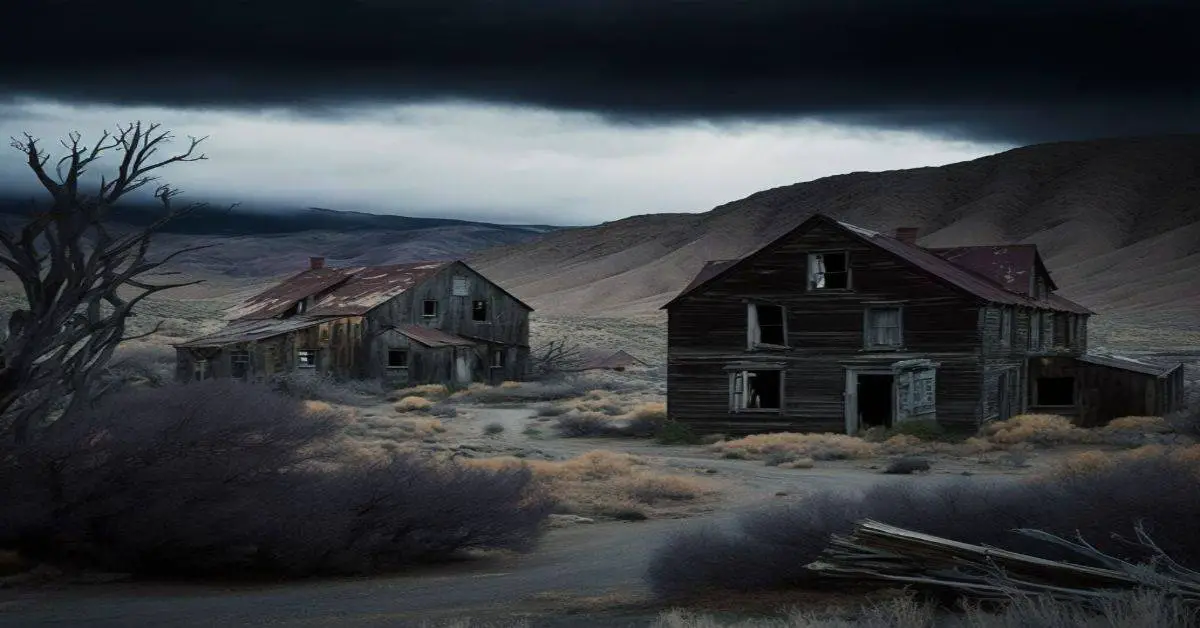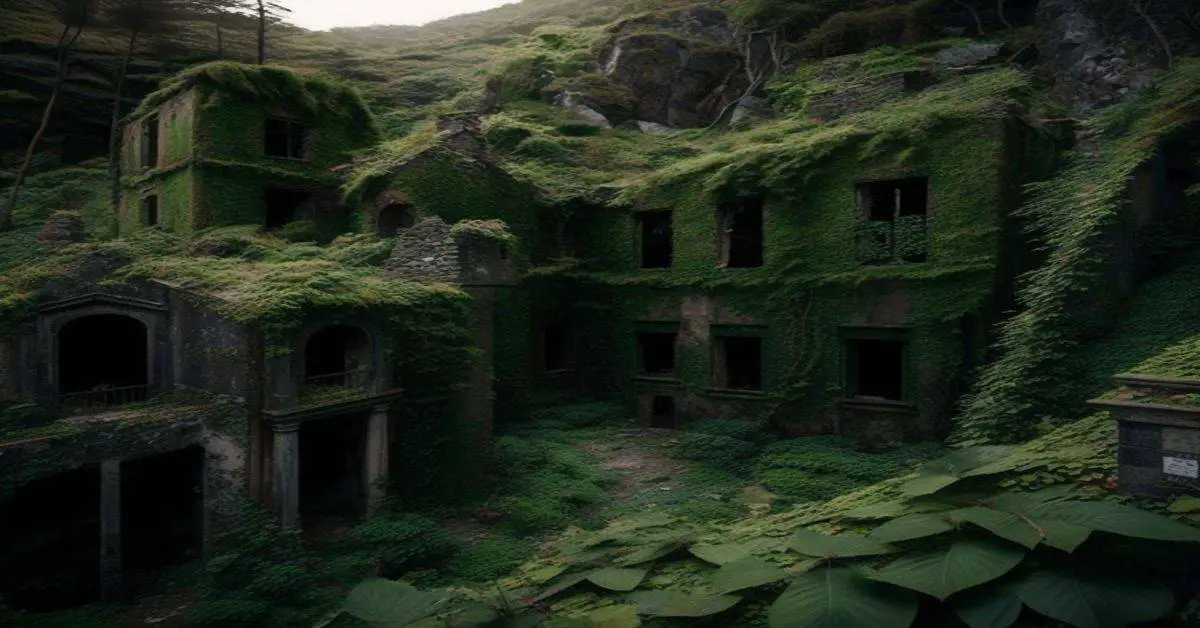Nevada City, a former mining camp located in California’s historic Gold Country, offers visitors a unique glimpse into the life of early settlers during the mid-19th century. Founded in 1850, the town was once the largest mining camp in California, with a population of over 10,000.
Today, with just 2,500 residents, Nevada City is a popular tourist destination, known for its well-preserved historic buildings and charming atmosphere. Stepping into Nevada City is like stepping back in time. Visitors are transported to an era when gold fever peaked, and the Wild West was still being tamed.
The town exudes a timeless beauty, with its unpaved streets, wooden sidewalks, and rustic storefronts. It’s a place where history comes alive, and visitors can immerse themselves in the rich tapestry of the American West.
In this article, we’ll take you on a journey through time to discover the fascinating history and attractions of Nevada City, a true gem of the American West.
Key Takeaways
- Nevada City was founded in 1850 and was the largest mining camp in California with a population of 2,500.
- The town has well-preserved historic buildings, unpaved streets, and wooden sidewalks, offering an immersion into mid-19th century American West.
- Despite its rough early days, Nevada City maintained civility and played a crucial role in California’s history.
- Today, the town’s main industry is tourism, and it offers a charming atmosphere, art galleries, antique shops, and restaurants, as well as annual cultural events such as the Nevada City Film Festival and Nevada City Victorian Christmas.
Location and History
Located on highway 29, Nevada City is a historic town in California founded in 1850 and was once the largest mining camp in the state with a population of 10,000. Its historic significance lies in the fact that it was one of the earliest settlements in California and played a crucial role in the state’s history.
The town was named by Mr. Stamps, who was elected as Aldalde for the area, and it quickly became a hub for early settlers and miners seeking their fortunes in the gold rush.
Nevada City boasts some of the oldest historic buildings from the 1850s. The town consisted of some 250 buildings including a theater in 1850. Despite its rough and tumble early days, the town managed to maintain a level of civility with the presence of decent women.
Today, the town remains an important reminder of early California. It attracts visitors from all over the world who come to explore its rich history and experience life in a bygone era.
Population and Attractions
With a population of 2500, Nevada City’s main industry is tourism, and the town’s many original buildings and attractions provide a glimpse into life during the 1850s and beyond.
Visitors can explore the historic downtown area, home to numerous art galleries, antique shops, and restaurants. The town also boasts several top sights, including the Nevada Theatre, the oldest original theater in California, and the Firehouse No. 1 Museum, which showcases the history of firefighting in the area.
In addition to its rich history, Nevada City is also home to several annual cultural events that attract visitors from around the world. One such event is the Nevada City Film Festival, which showcases independent films from both local and international filmmakers. The town also hosts the Nevada City Victorian Christmas, a holiday event that features Victorian-era entertainment, carolers, and a craft fair.
With its fascinating history and vibrant cultural scene, Nevada City is a must-visit destination for anyone interested in exploring California’s past.
Visiting and Other Information
When planning a trip to Nevada City, visitors should take note that the town provides services for its residents and offers a warm winter and mild summer climate. The best time to visit Nevada City is anytime, as the town is a semi-ghost town and has plenty of attractions to offer.
To fully explore the town, visitors should visit the hidden gems, such as the historic buildings that date back to the 1850s. Tips for exploring Nevada City include taking a walking tour to fully appreciate the town’s history and architecture, visiting the local museums and galleries, and trying the local cuisine. Visitors can also participate in outdoor activities, such as hiking and biking in the surrounding nature areas.
It is worthwhile to spend some time in Nevada City, as it is a unique destination that offers a glimpse into California’s rich history during the Gold Rush era.
Frequently Asked Questions
What were the primary minerals mined in Nevada City during its prime?
During its prime, Nevada City’s main minerals mined were gold and silver. Mining techniques used at that time had a significant environmental impact. Despite this, the town has preserved much of its history and attracts tourists interested in its mining heritage.
Are there any notable events or festivals that take place in Nevada City throughout the year?
Nevada City hosts various annual celebrations, including Victorian Christmas, Summer Nights, and Mardi Gras. Local attractions such as the Nevada Theatre and historic buildings provide a unique backdrop for these events.
How has the town’s economy and industry changed since the decline of mining?
The decline of mining in Nevada City led to a shift in its economy, with tourism becoming the main industry. Diversification strategies have been implemented to boost the town’s economic growth further and mitigate the impact of seasonal tourism.
Are there any notable figures or historical events associated with Nevada City’s past?
Notable figures associated with Nevada City’s past include Mark Twain, who wrote for the local newspaper during the Gold Rush, and Lola Montez, a dancer and mistress of King Ludwig I of Bavaria. The town also witnessed the effects of the Chinese Exclusion Act.
What is the significance of the town’s name, given that it is not located in the state of Nevada?
The town’s name, Nevada City, has historical background and name origins. It was named by Mr. Stamps, who was elected as Aldalde for the area. Despite not being located in the state of Nevada, the name may hold cultural references and cause geographical confusion.


